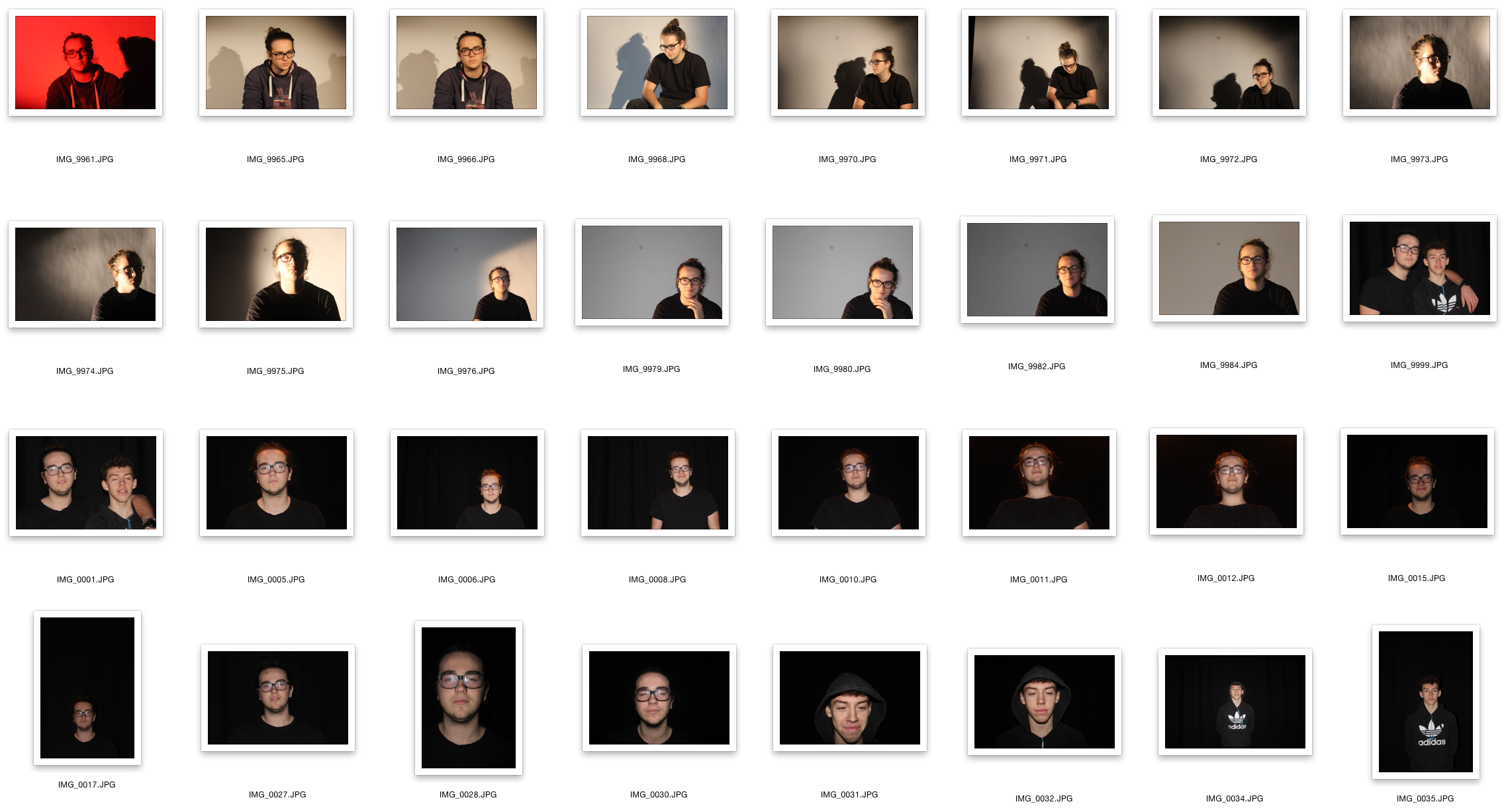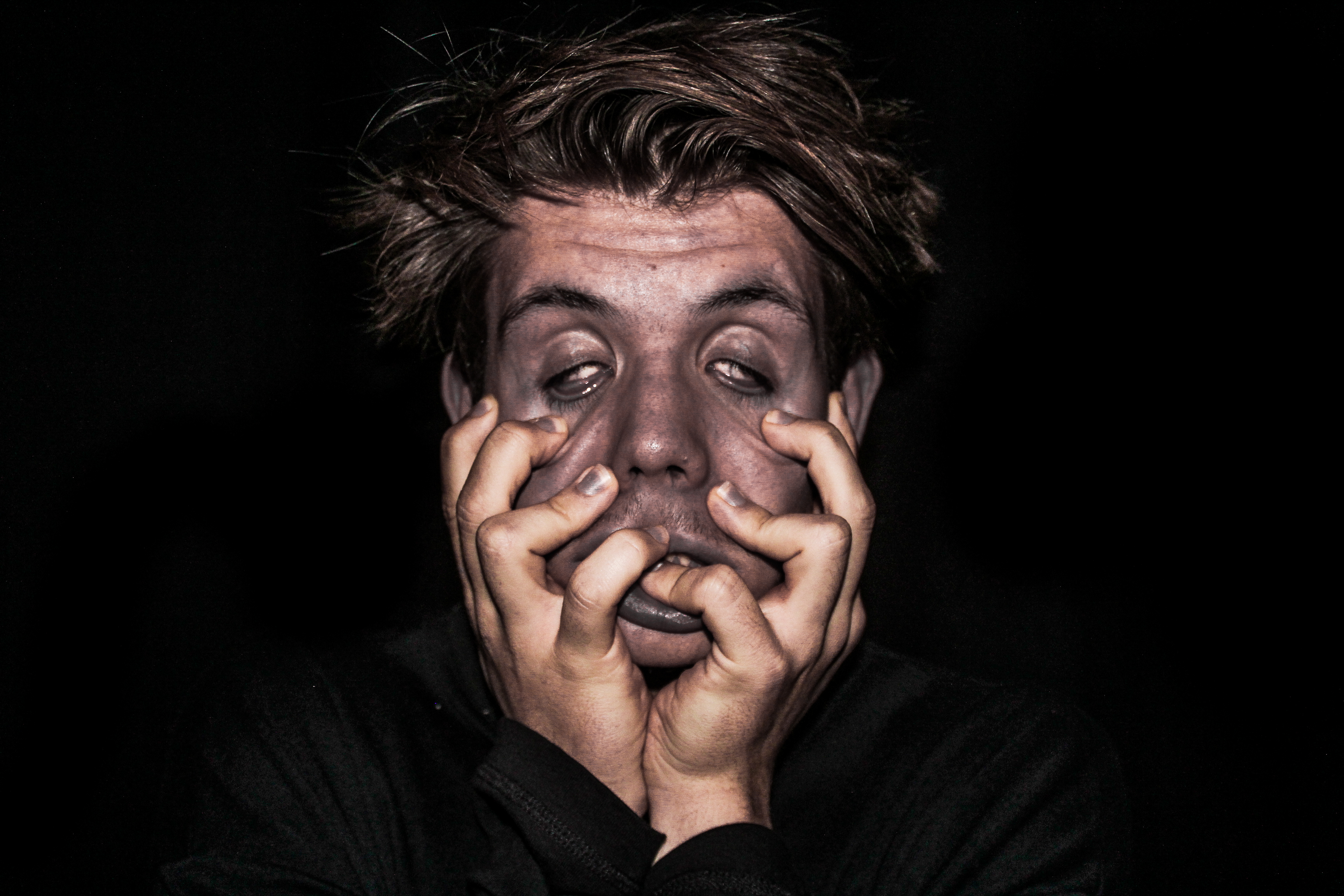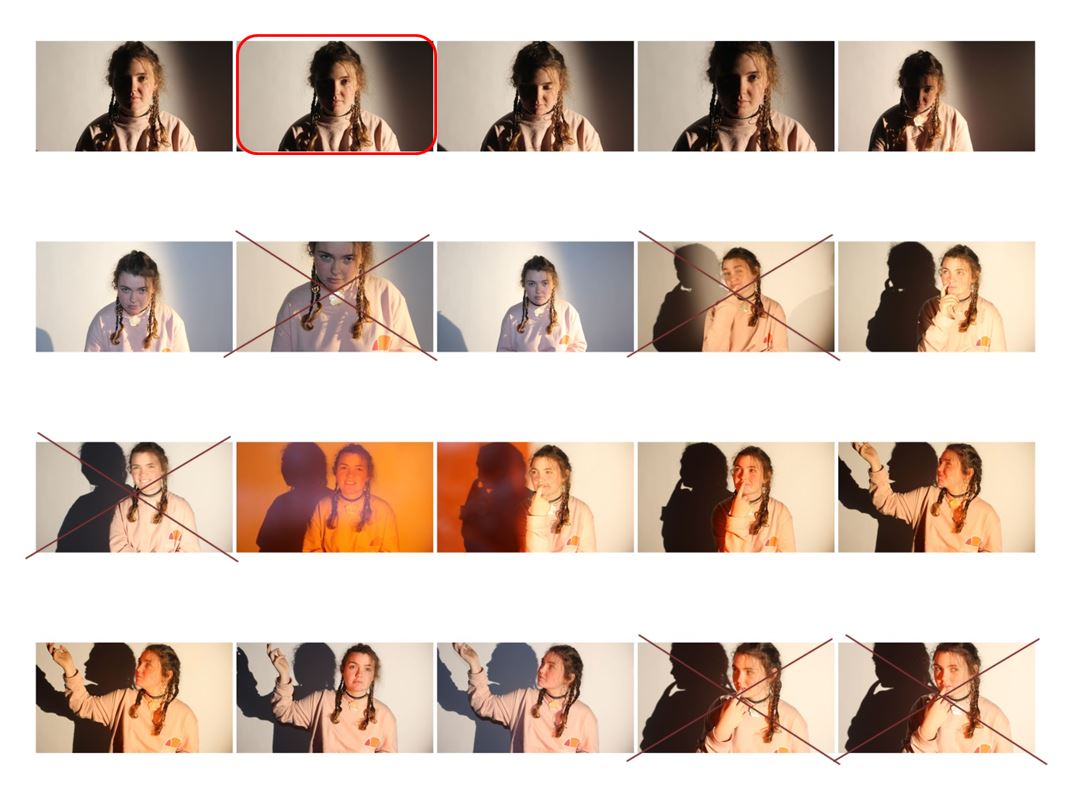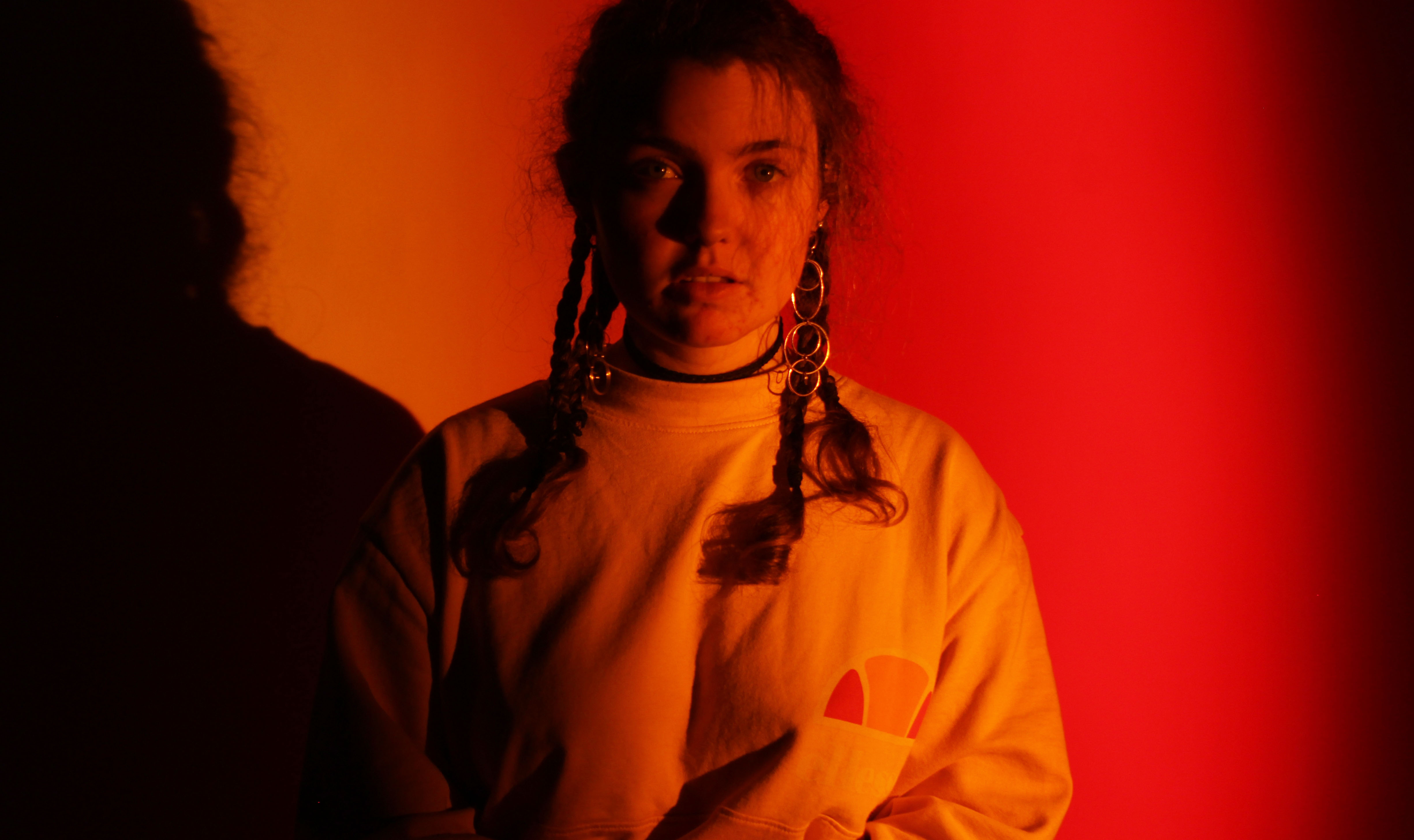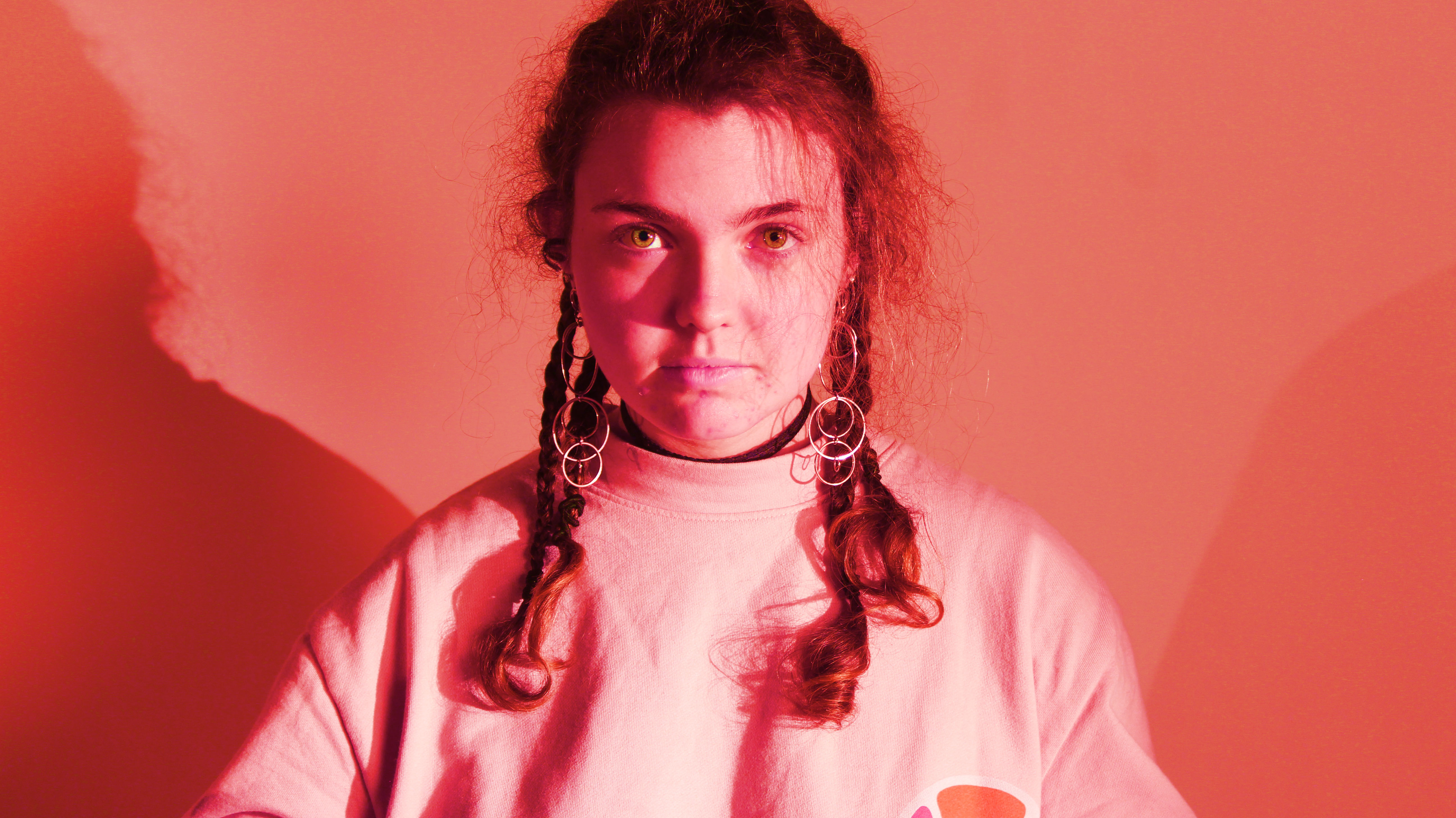Planning
Task: Take 100-150 urban landscape/night photos
Props: I will be using a tripod in order to capture some long exposure shots at night.
Camera settings: For my long exposure shots I will be using a shutter speed of 30 seconds to make them more effective, along with a 100 ISO. For other landscape photographs I will be using an ISO of 200 with a shutter speed of 1/20 to allow enough light to enter the lens.
Lighting: I will be using lights from passing cars, buildings and lamp posts to capture my photographs
Location: Town
Context: I will be capturing photographs with the style of the New Topographics in mind.
Concept: To capture photos whilst taking influence from the style of Robert Adams and Stephen Shore.
My Photographs
Contact Sheet







My Edits

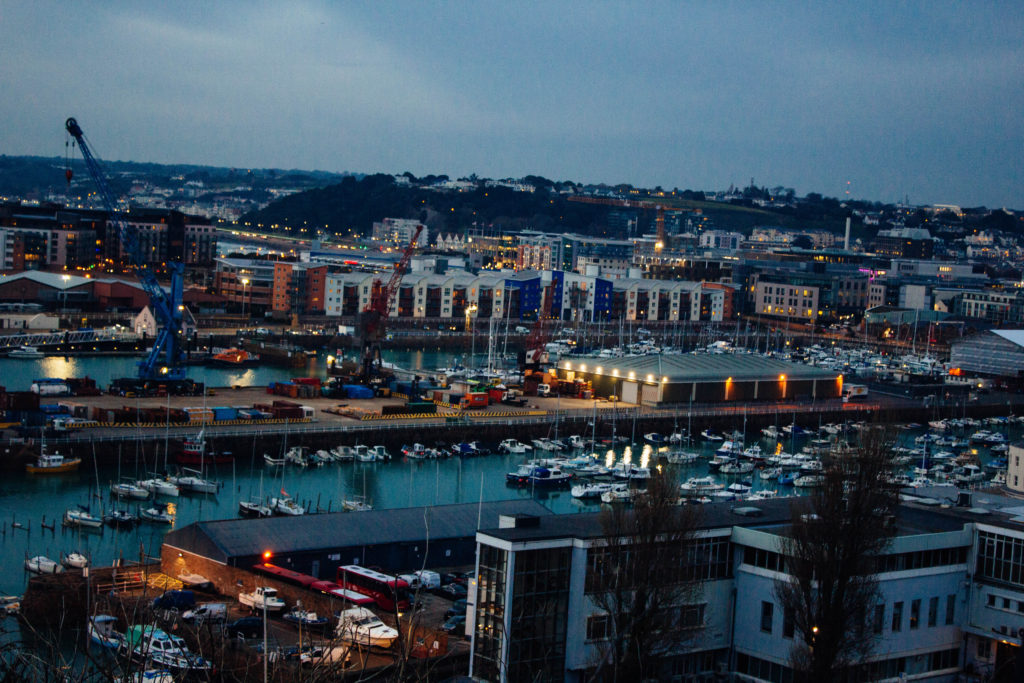



My Favourite Photo
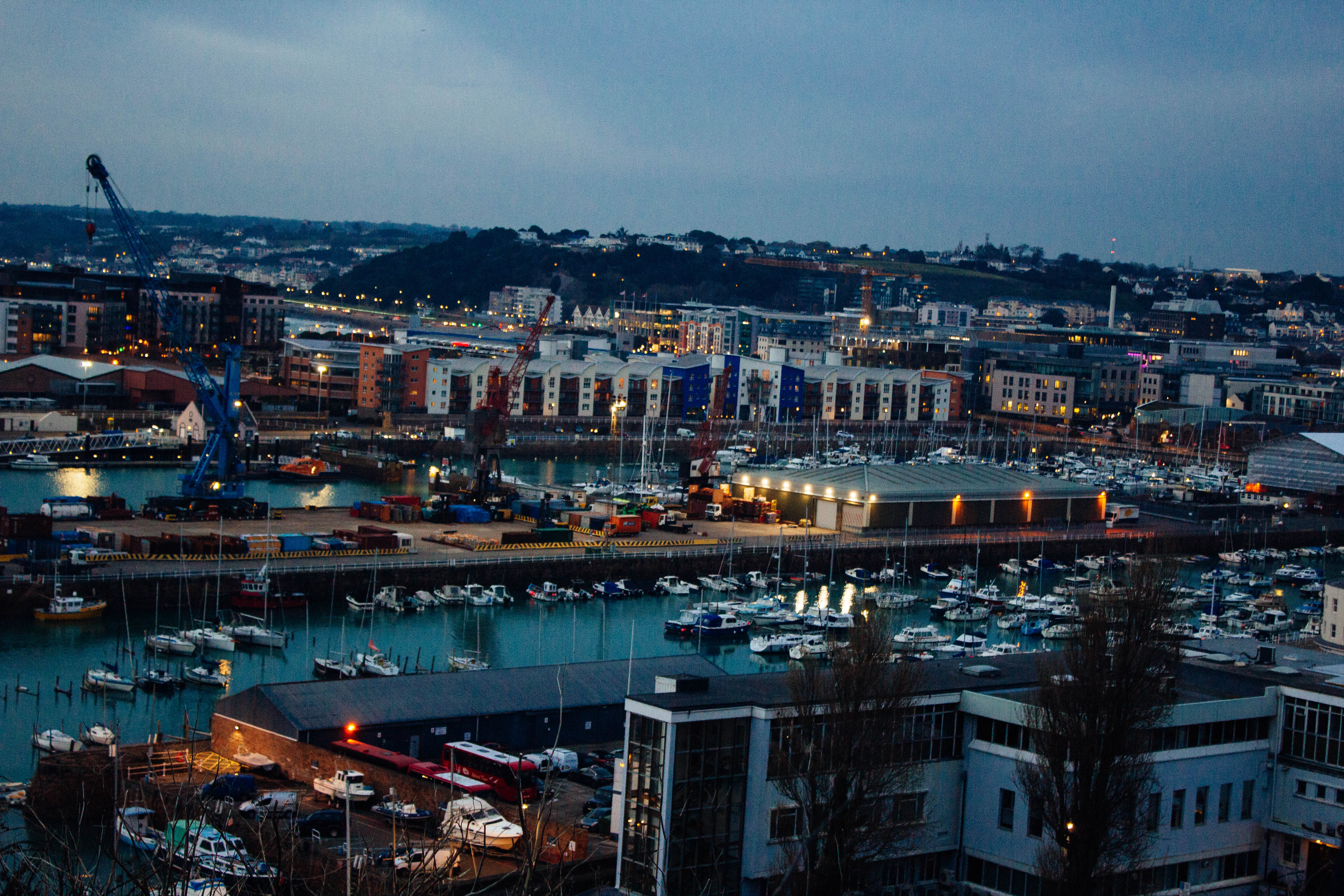
In this photograph I used natural lighting. I took advantage of the lights in the down as dusk approached in order to cast contrasting orange colours against the blue-tinted town. I used a deep depth of field of 20 to capture this photograph to ensure that the whole of the image was clear and in focus. I used a shutter speed of 1/20 in order to allow enough light to enter the lens from the dark environment, paired with the low ISO of 100 that I used, it allowed me to create a high quality image with a wide tonal range.
There are lots of intense colours in this photograph such as the orange lights and the blue sea and sky which cast a blue tint on the photograph. It is generally quite a dark image with the lightest tone being the bright lights. It has a slight 3D effect due to the harbour in the middle separating the foreground and background.
This photograph has been taken with the work of the New Topographic movement in mind. It shows the industrial side of the environment and all the man-made structures along with nature being pushed to the background or covered up by man-made structures.
The photograph shows how the nature shown in the photograph has been taken over completely by man-made structures and has lost the attention it once had. This is symbolic for the New Topographic movement taking over from the Romanticism movement. It shows how quickly things can change for better or for worse.

 For my urban landscapes homework I decided do my photo shoot from a higher perspective taking inspiration from Nicholas Nixon and photographed buildings, with architectural views. I also took inspiration from Thomas Struth’s photos of industrialised cities and how he incorporated people and movement, presenting images of chaotic urban activity in some images, which is why I captured the movement and business of the cars. I decided to take my images as the sky was turning dark as I thought it would make the lights from the cars and buildings stand out more than if i took them in the day. In my first contact sheet the images have a blue tint where the the sun has not completely gone down, whereas my second contact sheet the sky in completely black by the end, showing the differences the light has on the images.
For my urban landscapes homework I decided do my photo shoot from a higher perspective taking inspiration from Nicholas Nixon and photographed buildings, with architectural views. I also took inspiration from Thomas Struth’s photos of industrialised cities and how he incorporated people and movement, presenting images of chaotic urban activity in some images, which is why I captured the movement and business of the cars. I decided to take my images as the sky was turning dark as I thought it would make the lights from the cars and buildings stand out more than if i took them in the day. In my first contact sheet the images have a blue tint where the the sun has not completely gone down, whereas my second contact sheet the sky in completely black by the end, showing the differences the light has on the images. 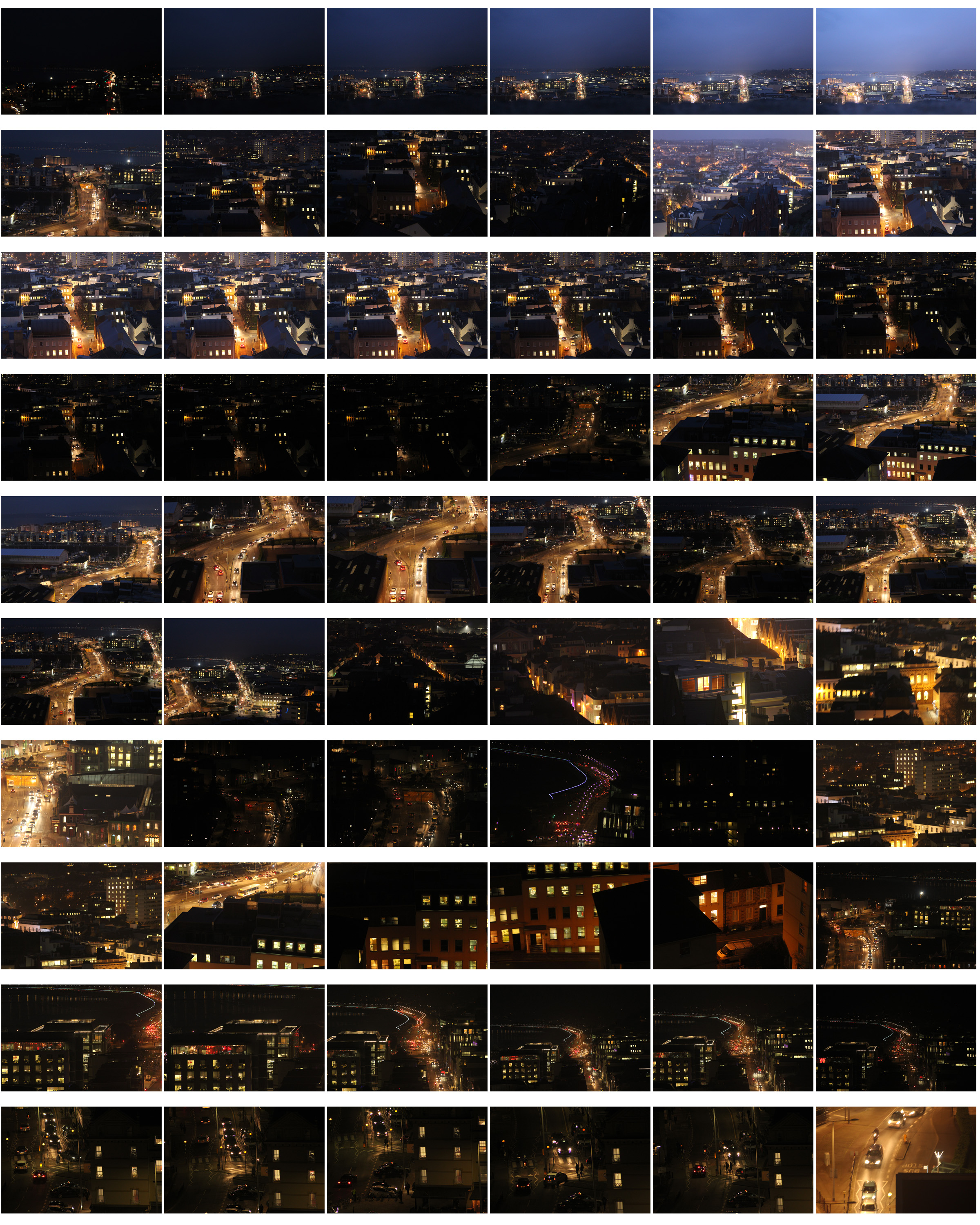 In my second contact sheet the lights from the buildings and cars are much more bright and noticeable as the yellow/orange is contrasted with the black background , making it more clear that it is night time. I think these photos are more effective as the lights from the cars make the whole road light up, making it glow and stand out more.
In my second contact sheet the lights from the buildings and cars are much more bright and noticeable as the yellow/orange is contrasted with the black background , making it more clear that it is night time. I think these photos are more effective as the lights from the cars make the whole road light up, making it glow and stand out more.


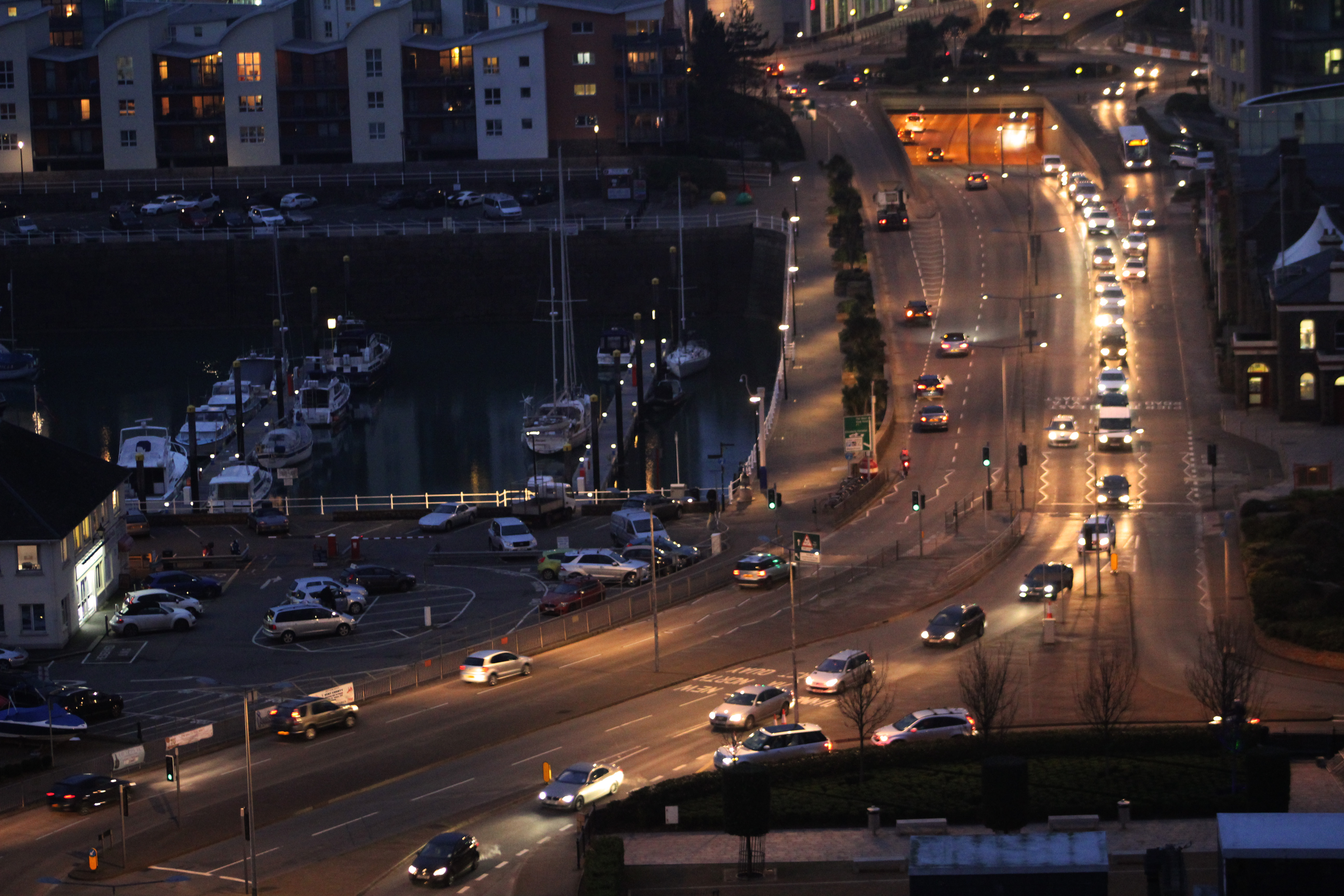


 His very first pictures are mostly architectural views of the city taken from rooftops and part of them were included in the “New Topographics” exhibition in 1975. “My idea at the time was to put my feelings in service to clear description. When I moved to Boston in 1974, I was enthralled with it and was trying to figure it out. Getting on rooftops was a great way to learn…not unlike the way one climbs to the top of a bluff or a mountain: to see more.” He took photos from above, “like a landscape surveyor,” he said. “You could see where the streets go, you could see where everything lines up.”
His very first pictures are mostly architectural views of the city taken from rooftops and part of them were included in the “New Topographics” exhibition in 1975. “My idea at the time was to put my feelings in service to clear description. When I moved to Boston in 1974, I was enthralled with it and was trying to figure it out. Getting on rooftops was a great way to learn…not unlike the way one climbs to the top of a bluff or a mountain: to see more.” He took photos from above, “like a landscape surveyor,” he said. “You could see where the streets go, you could see where everything lines up.”

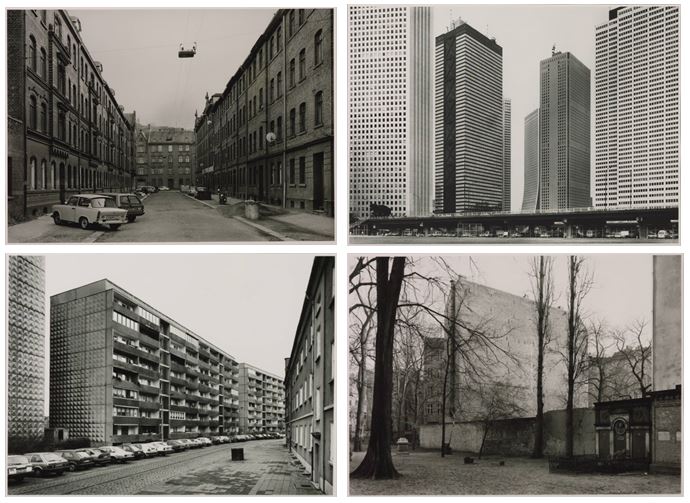

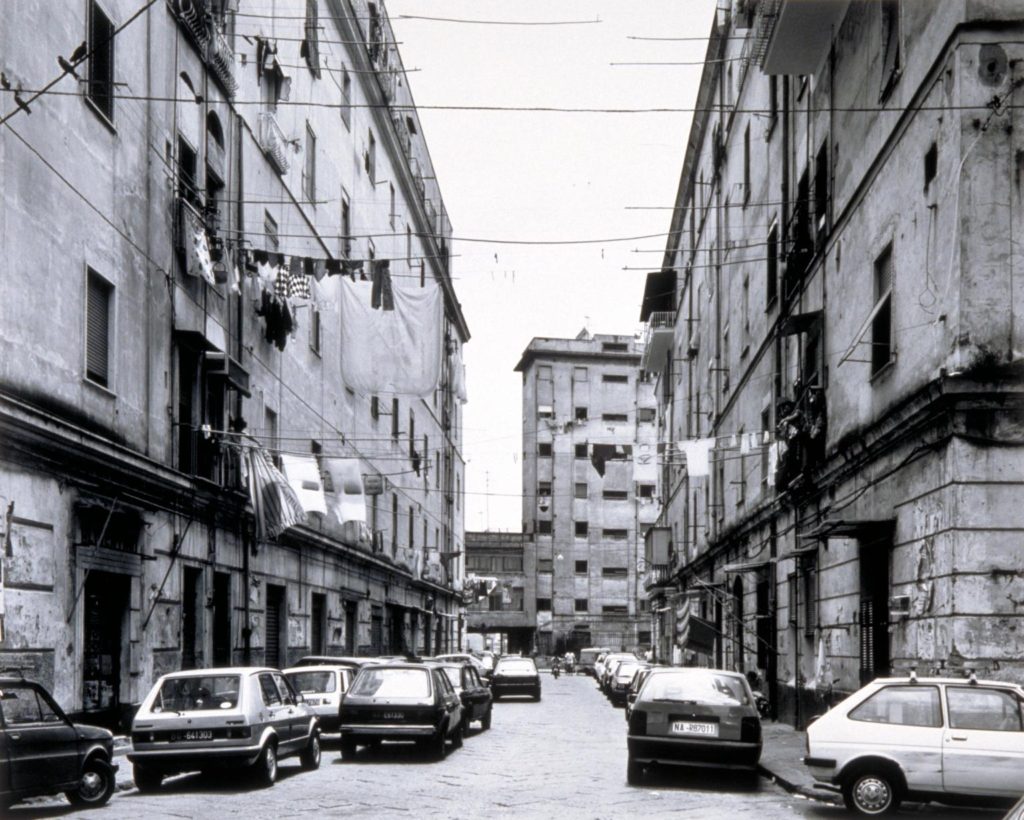

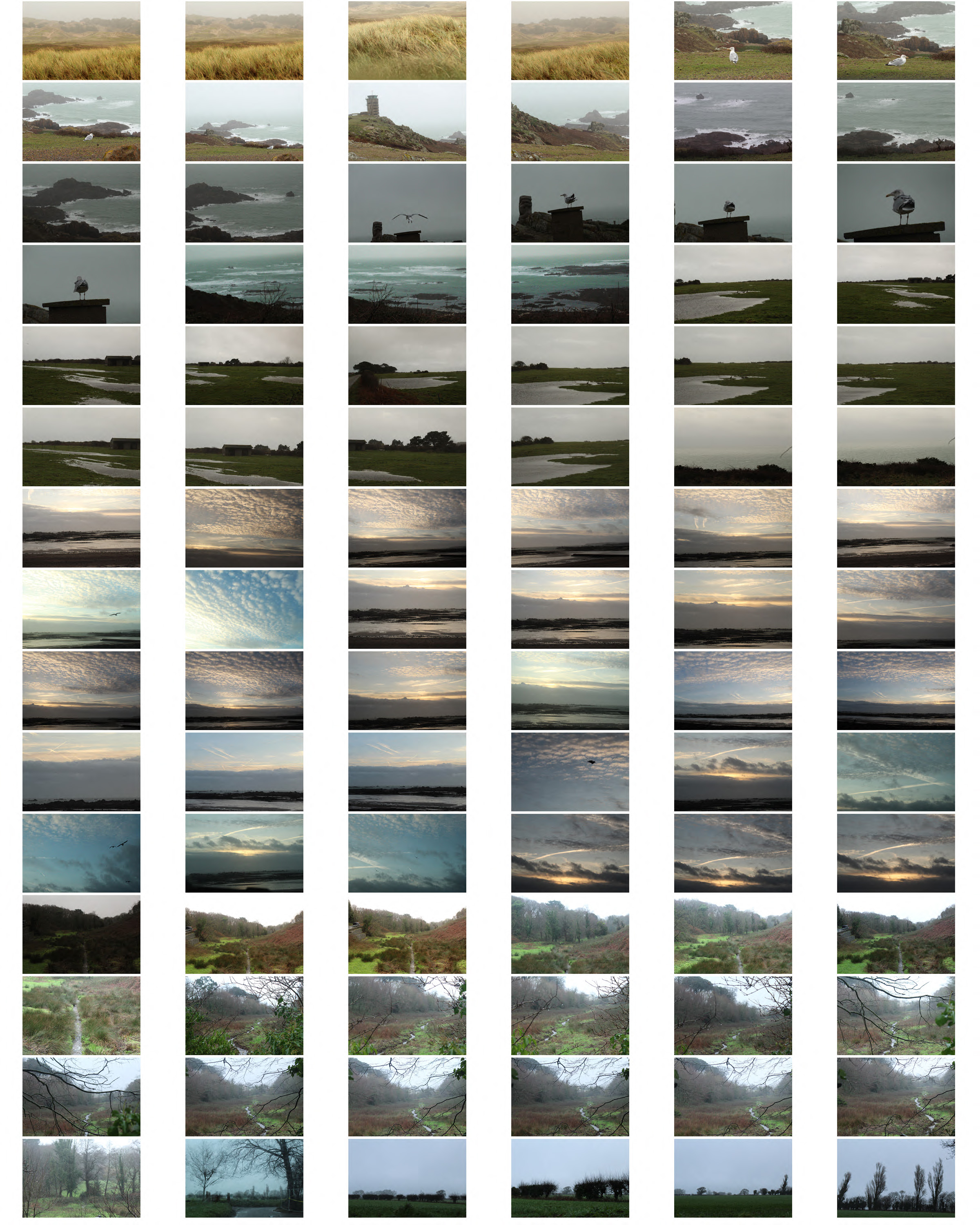


 For this photograph I tried to find a path or stream to be in my image with a natural setting. I focused on the branches in the foreground of the image and left the background more out of focus emphasising the misty environment which creates more atmosphere in the picture. Fay Godwin photos mainly consist of natural environments with trees, fields and beaches which is where I went to take my images.
For this photograph I tried to find a path or stream to be in my image with a natural setting. I focused on the branches in the foreground of the image and left the background more out of focus emphasising the misty environment which creates more atmosphere in the picture. Fay Godwin photos mainly consist of natural environments with trees, fields and beaches which is where I went to take my images.
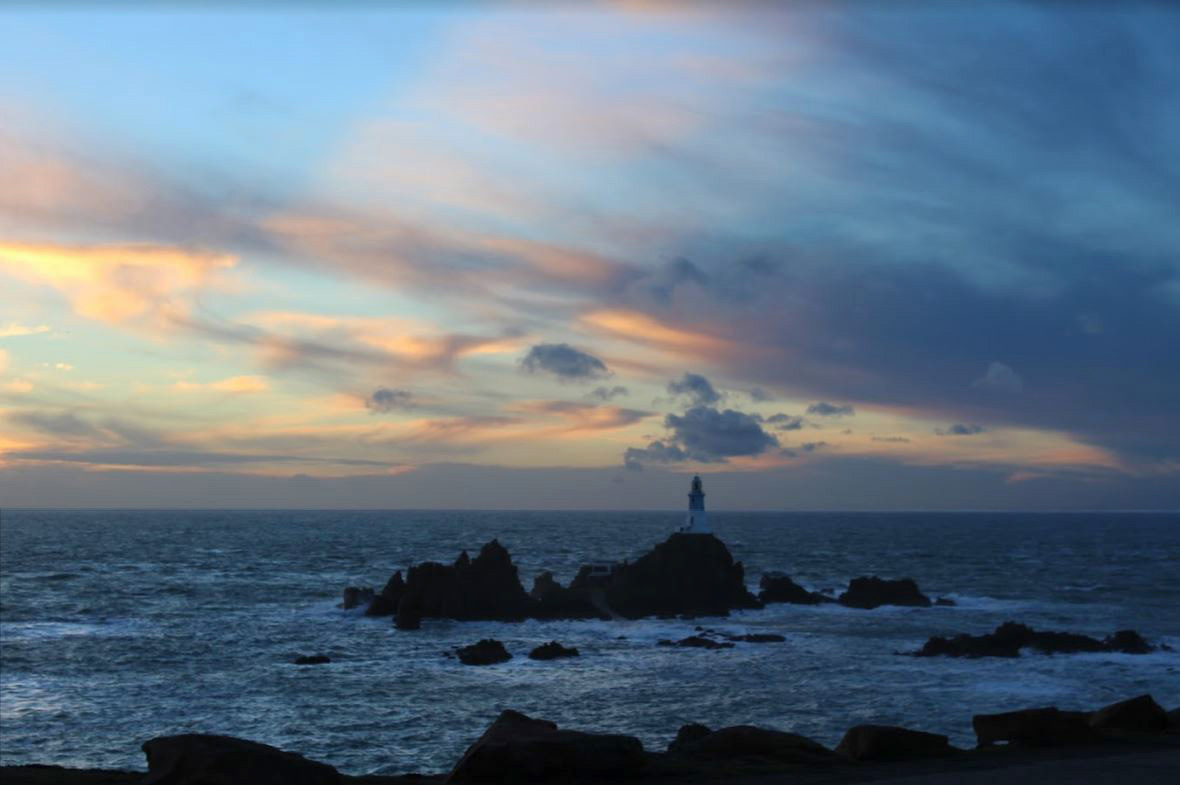
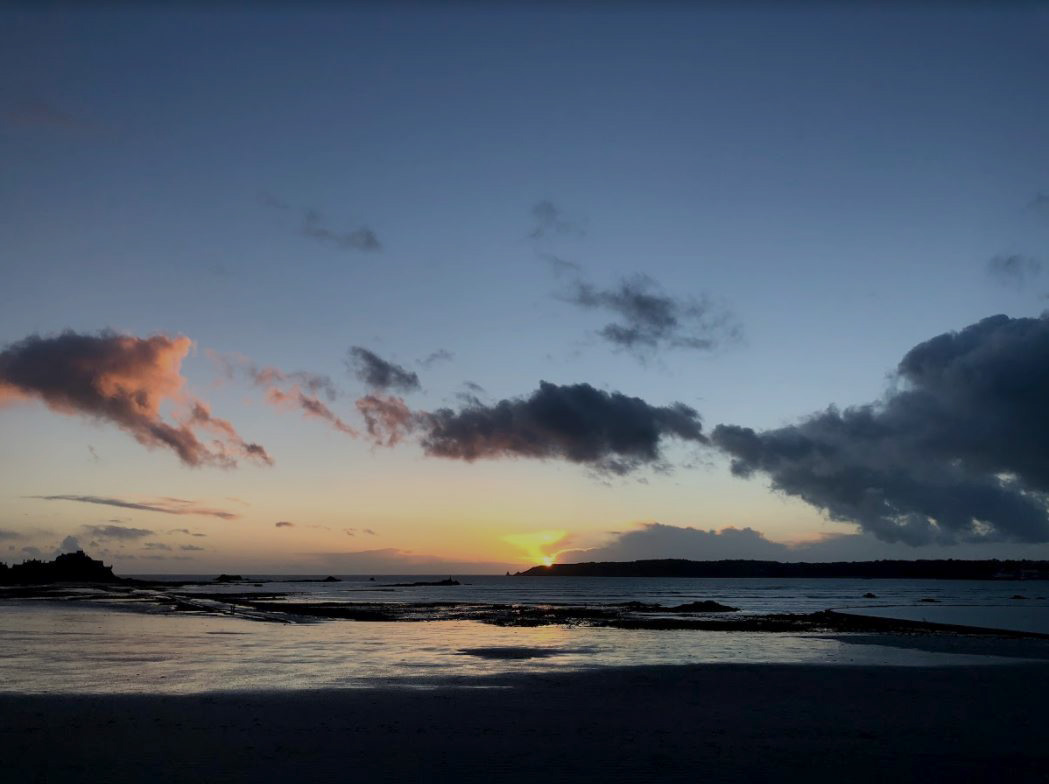


 Before taking the shoot I wanted to pull some ideas together on what to take, allowing for a guideline to my photos, this was my outcome:
Before taking the shoot I wanted to pull some ideas together on what to take, allowing for a guideline to my photos, this was my outcome: Once I had a general idea on what I could do for the shoot I finally moved onto the images themselves with these being the outcome:
Once I had a general idea on what I could do for the shoot I finally moved onto the images themselves with these being the outcome:
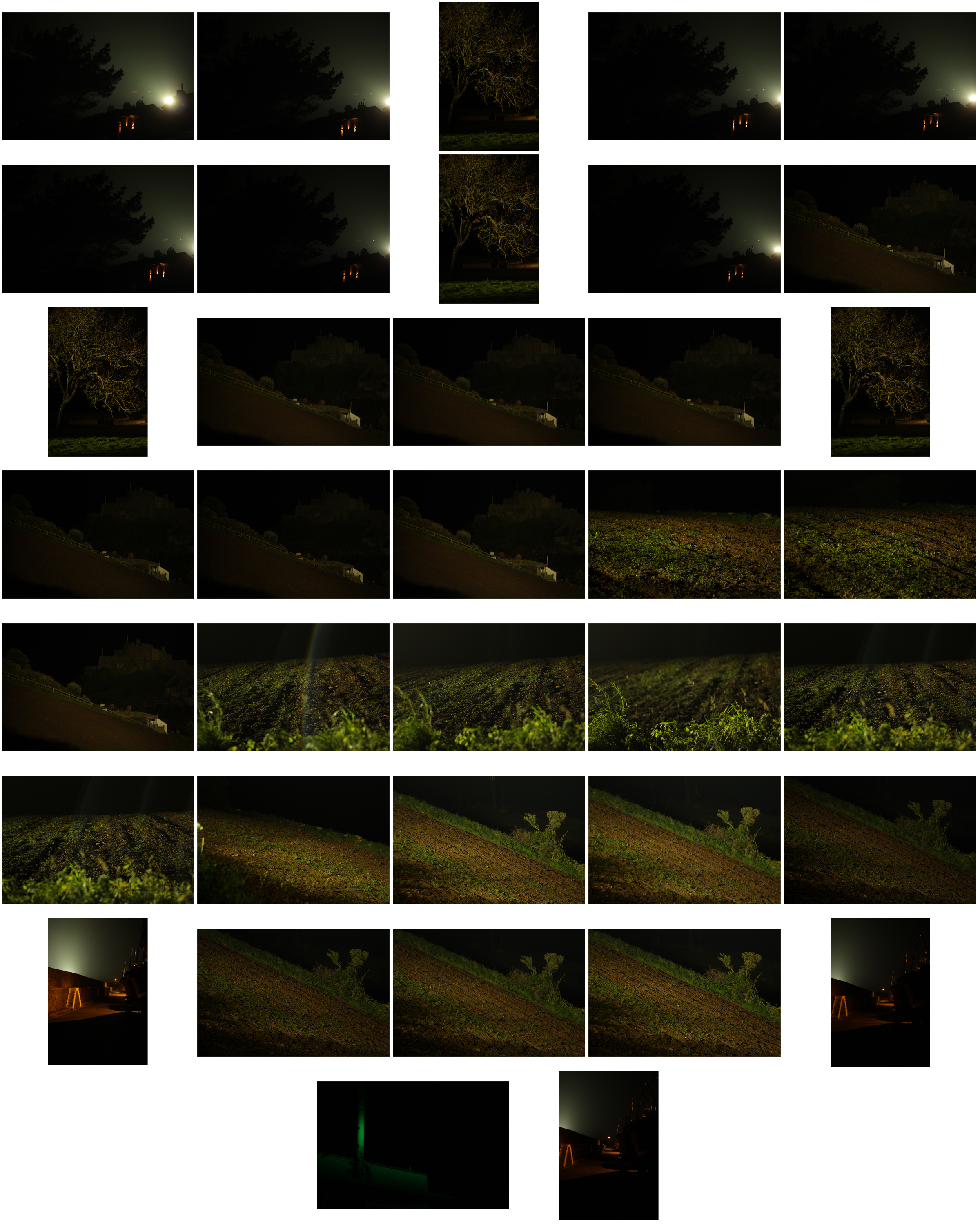


 I chose these images because I thought they popped out from the rest of the shoot, and had a greater understanding of what romanticism in photography was about. I found that their vivid colours and use of depth of field made them particularly effective. From here I wanted to whittle my selection down to just five images to really provide a clearer insight into my final image for the shoot. This is my selection:
I chose these images because I thought they popped out from the rest of the shoot, and had a greater understanding of what romanticism in photography was about. I found that their vivid colours and use of depth of field made them particularly effective. From here I wanted to whittle my selection down to just five images to really provide a clearer insight into my final image for the shoot. This is my selection: I chose this image due to how I loved the effect created from the back light that was meant to illuminate Gorey Castle at night, that instead silhouetted the housing and trees around it, creating an aesthetically pleasing result as an outcome. And with the slight use of red and oranges from the housing I though it really balanced it out.
I chose this image due to how I loved the effect created from the back light that was meant to illuminate Gorey Castle at night, that instead silhouetted the housing and trees around it, creating an aesthetically pleasing result as an outcome. And with the slight use of red and oranges from the housing I though it really balanced it out. What I loved in this image was the use of the depth of field, this created a focus on a certain section of the woods which instantly drew the eye through the use of its vivid greens. Within the image I used Photoshop to enhance the greens within the image to make it more suited to the theme of Romanticism with the expected outcome as desired.
What I loved in this image was the use of the depth of field, this created a focus on a certain section of the woods which instantly drew the eye through the use of its vivid greens. Within the image I used Photoshop to enhance the greens within the image to make it more suited to the theme of Romanticism with the expected outcome as desired. I found that this images use of contrast between the light provided by the lamps created an aesthetically pleasing photo. This was because of how by making the oranges within the picture more vivid, it emphasised the shadows created by the surrounding boats, thus drawing the eye instantly to the soft glow of the lamp centred in the middle of the picture.
I found that this images use of contrast between the light provided by the lamps created an aesthetically pleasing photo. This was because of how by making the oranges within the picture more vivid, it emphasised the shadows created by the surrounding boats, thus drawing the eye instantly to the soft glow of the lamp centred in the middle of the picture. The gradient created by the sky I thought particularly allowed for a romanticism theme. This was because of how the majority of the image was made up of the slow but constant changing of shades of blues into yellows, with only a small percentage made up by the landscape. I found that by darkening the ground it created a greater effect onto the sky due to an emphasis to the colours.
The gradient created by the sky I thought particularly allowed for a romanticism theme. This was because of how the majority of the image was made up of the slow but constant changing of shades of blues into yellows, with only a small percentage made up by the landscape. I found that by darkening the ground it created a greater effect onto the sky due to an emphasis to the colours. What I loved about this image was the composition and the dark and grim colours. This is because of how the skeletons of the trees create a sinister but beautiful effect on the pathway through the middle of them, with unclear imagery of people in the far distance. I also liked the use of depth of field as well due to how the trees slowly faded and merged into one collective backdrop, whilst maintaining the desired look.
What I loved about this image was the composition and the dark and grim colours. This is because of how the skeletons of the trees create a sinister but beautiful effect on the pathway through the middle of them, with unclear imagery of people in the far distance. I also liked the use of depth of field as well due to how the trees slowly faded and merged into one collective backdrop, whilst maintaining the desired look. I chose this as my final image because of how I loved the contrast created by the floodlights to Gorey Castle. I found that through this it completely emphasised the silhouettes of both the tree and the house in a sinister but fascinating way. I also liked how the floodlight captured by the camera is seen as a circular gradient in which slowly fades into darkness, with the three red lights being there to balance out the image as a whole and not let the black overpower the piece.
I chose this as my final image because of how I loved the contrast created by the floodlights to Gorey Castle. I found that through this it completely emphasised the silhouettes of both the tree and the house in a sinister but fascinating way. I also liked how the floodlight captured by the camera is seen as a circular gradient in which slowly fades into darkness, with the three red lights being there to balance out the image as a whole and not let the black overpower the piece. As seen above Godwin focuses on very much of what is normal in the landscape, however she tends to use the weather to create more dramatic images to what would usually be seen, such as the clouds to create contrast on the land.
As seen above Godwin focuses on very much of what is normal in the landscape, however she tends to use the weather to create more dramatic images to what would usually be seen, such as the clouds to create contrast on the land. Godwin’s involvement with photography stemmed from the hobby of photographing her children which led in the early 1970s to commissioned portraits of poets and writers. Her interest in landscape was stimulated by her love of walking. She subsequently co-authored many essays, guide-books and poems on the theme of British landscape.
Godwin’s involvement with photography stemmed from the hobby of photographing her children which led in the early 1970s to commissioned portraits of poets and writers. Her interest in landscape was stimulated by her love of walking. She subsequently co-authored many essays, guide-books and poems on the theme of British landscape. When photographing landscapes she worked in black & white and her genuine concern for the environment made her a unique figure in British photography. Her images were noted for their clarity, careful composition and expert control over tonal values. She was known for great tenacity and determination when creating an image. When someone once remarked to her that she had been lucky to catch the ideal cloud formations in a particular picture she quickly replied, ‘I didn’t “catch” it. I sat down and waited three days for it.’
When photographing landscapes she worked in black & white and her genuine concern for the environment made her a unique figure in British photography. Her images were noted for their clarity, careful composition and expert control over tonal values. She was known for great tenacity and determination when creating an image. When someone once remarked to her that she had been lucky to catch the ideal cloud formations in a particular picture she quickly replied, ‘I didn’t “catch” it. I sat down and waited three days for it.’

